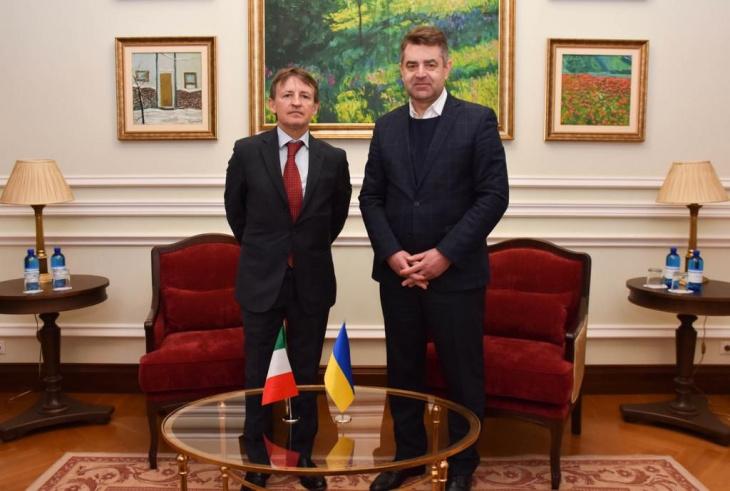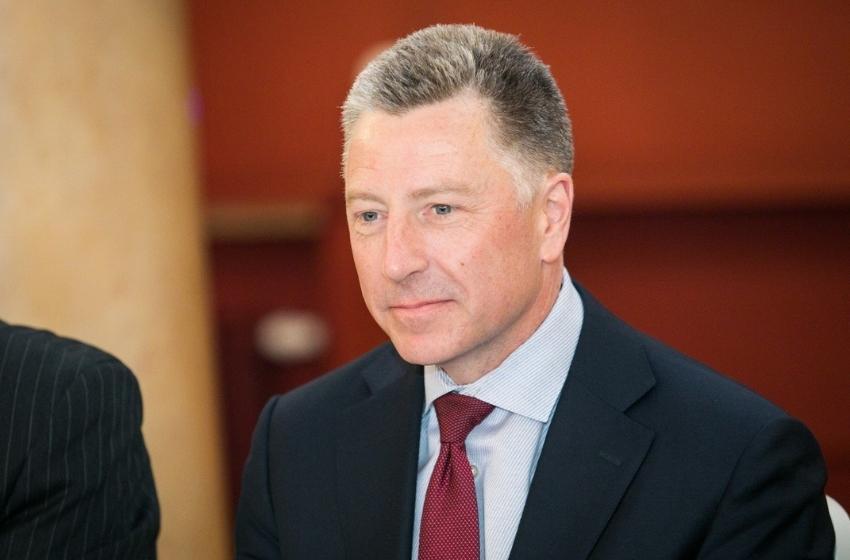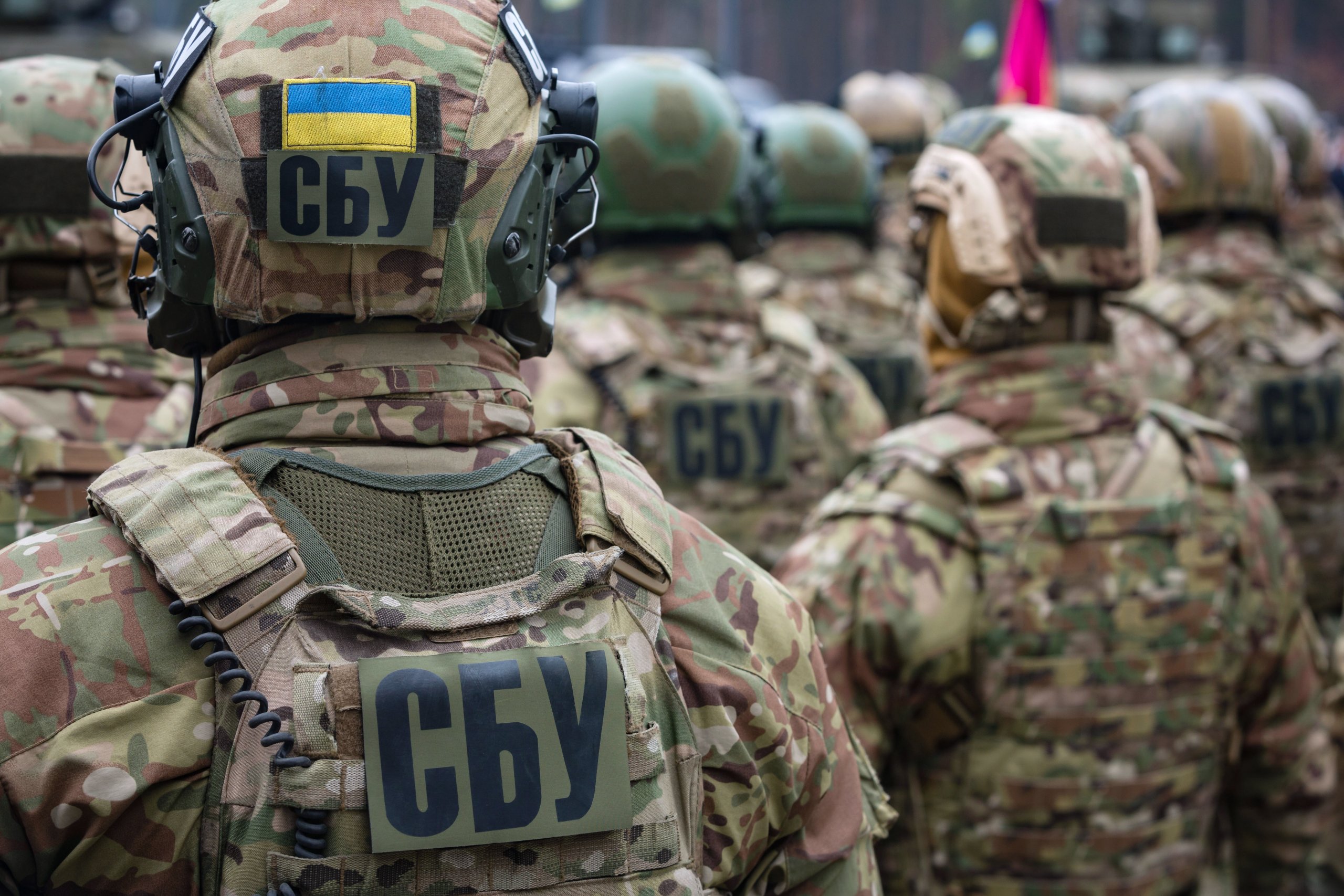Ukrainian intelligence reported that Russian efforts to expand Russia’s defense industrial base (DIB) have yet to fulfill operational requirements in Ukraine and that munitions shortages will continue to prompt Russia to source supplies from abroad.
Ukrainian Main Military Intelligence Directorate Deputy Chief Major General Vadym Skibitskyi stated that the Russian defense industrial base (DIB) can produce two million rounds of 122mm and 152mm shells annually, which resulted in a deficit of 500,000 shells in 2023 and will likely result in a similar deficit in 2024.
Skibitskyi stated that Russia plans to increase its ammunition production in 2024 but lacks the necessary components, qualified personnel, and production capabilities. Skibitskyi noted that Russia has previously purchased shells from Belarus, Iran, and North Korea and assessed that Russia will likely seek to procure additional shells from abroad in 2024 and beyond.
Ukrainian President Volodymyr Zelensky warned on January 11 that Russia will use any "pause” or temporary ceasefire agreement to stockpile drones, artillery, and missiles and address its large materiel shortages ahead of future aggression against Ukraine. Zelensky added that Russia is currently negotiating the acquisition of additional missiles and ammunition from other countries and noted that Russia has already received more than one million shells from North Korea.
Ukrainian Prosecutor General Andriy Kostin also confirmed recent Western reports that Russian forces have already launched at least one North Korean missile against Ukraine.
Politico, citing a report by the Kyiv School of Economics and Yermak-McFaul International Working Group on Russian Sanctions, reported on January 11 that despite Western sanctions, Russia imported $8.77 billion worth of goods and components necessary to produce missiles, drones, armored vehicles, and other military equipment between January and October 2023. The report states that Russia’s capacity to manufacture missiles and drones appears to have increased in 2023 despite Western sanctions, and Politico stated that Russia increased its production of missiles to 115 per month by the end of 2023. The report noted that sanctions have strained Russia’s supply chains and have caused “unparalleled losses” in Russia’s overall production of military aviation and equipment, however.
Ukrainian and Western sources have previously reported on Russia‘s sanctions evasion schemes to acquire foreign components and noted that Russia’s reliance on foreign components has constrained Russia’s domestic production of aircraft, missiles, and drones.
An unnamed Russian drone manufacturer also drew Russian President Vladimir Putin’s attention to the fact that a “large percentage” of electronics, particularly drones, produced in Russia require foreign components during a campaign event in Russia’s Far Eastern Federal District on January 11, prompting Putin to acknowledge the importance of this issue and the need to address Russia’s reliance on foreign components.
ISW previously assessed that Russia’s current missile and drone reserves and production rates likely do not allow Russian forces to conduct regular large-scale missile strikes, but likely do allow for more consistent drone strikes due to Russia’s ability to produce drones at a much higher rate (roughly 1,400 Shahed-136/131 drones between February and October 2023).
The Russian government is likely attempting to develop domestic substitutions for foreign components to sustain and even increase its domestic drone and missile production despite Western sanctions.





















